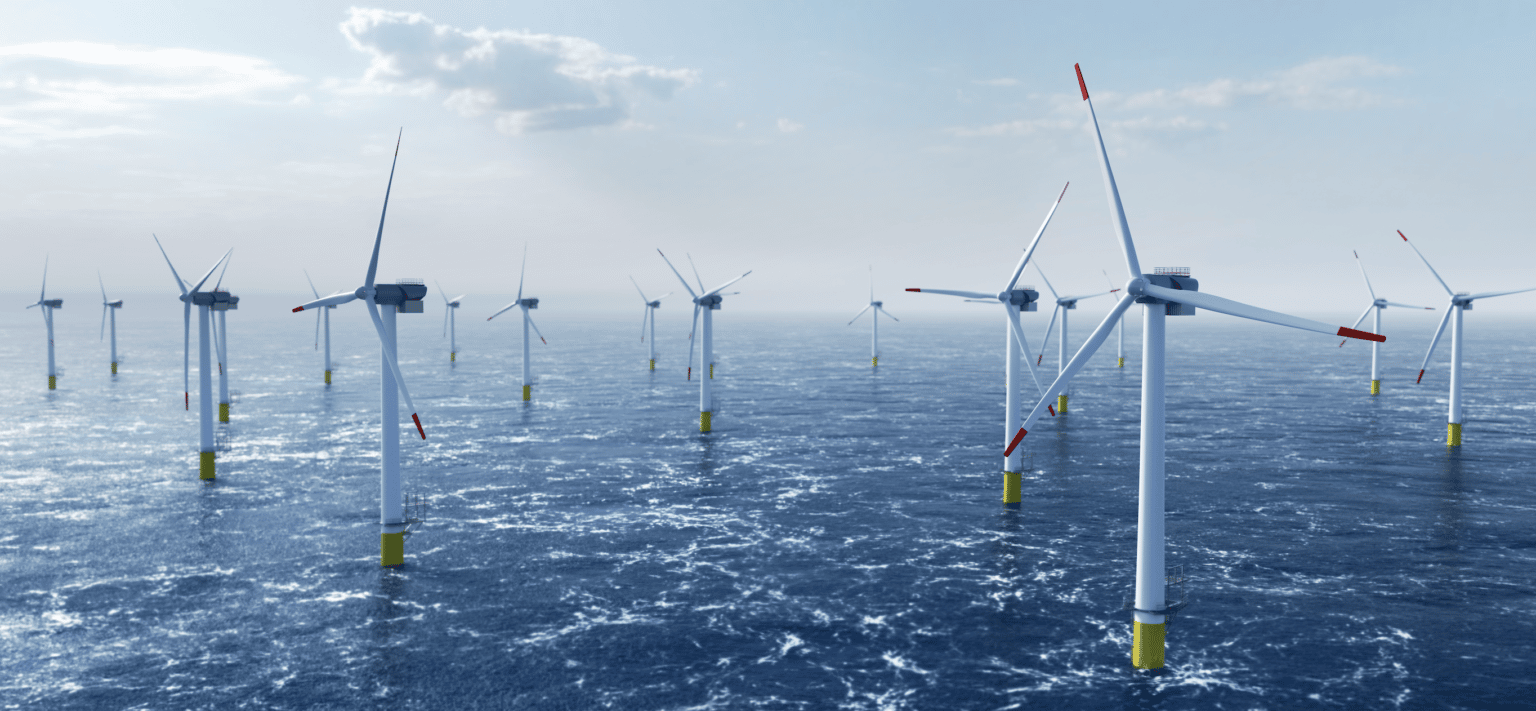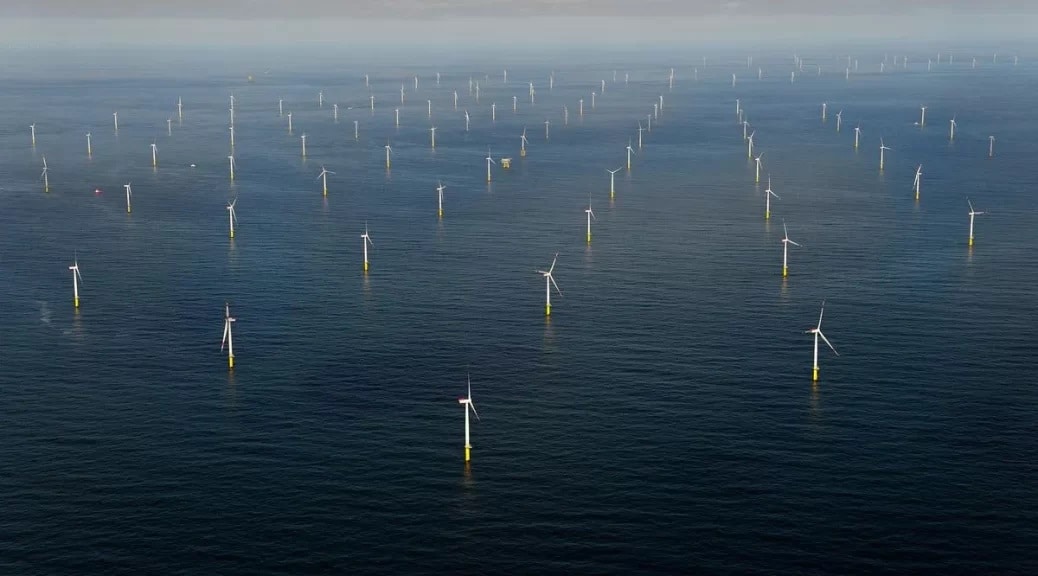In the midst of the most fevered discussions on energy and energy prices we have ever seen, somewhere a switch quietly flicked on August 31, and the world’s largest offshore wind farm whirred into life for the first time.

Source: Centurion Lawyers and Business Advisors
Located around 90km off the UK’s Yorkshire coast, the perhaps uninspiringly named ‘Hornsea 2’ nonetheless sent out a very inspiring message about the future of renewable energy at a time when we need some good news. In just over a decade the UK has seen renewables go from 11% of its energy mix to 40% last year – most of that rise down to offshore wind. So it can be done.
Praising the “incredible” team behind the project, Senior Programme Director Patrick Harnett confessed that they had taken an audacious idea and brought it to fruition against the expectations of doubters. Back in 2017, industry observers had initially said “the business case was impossible and simply could not be done,” remembers Harnett.
“Yet we managed to build the world’s biggest offshore wind farm in the demanding and unforgiving environment of the North Sea amidst the challenges of a global pandemic. Where there had previously been nothing but open sea, a wind farm will now generate enough clean energy to power over 1.4 million UK homes with low-cost and secure renewable energy.”
Project spec
- 165 Siemens Gamesa 8MW turbines
- Each 204 metres high
- Total capacity of 1.3GW. Able to supply 1.4 million homes
- Spans an offshore area of 462km2
- Just 1 turbine rotation generates enough electricity to power an average home for 24 hours.
- 380km of export cables
Hornsea 2 is the labour of Danish multinational power company Ørsted, (since 2019, ranked as the world’s most sustainable energy company). It’s the firm’s 13th UK wind farm project, with June 2021 seeing the installation of its 1,000th turbine.
Though a green energy triumph, the project has not been without its problems. Covid struck half way through the construction phase, which brought work on its 8,000-ton offshore substation to a halt for five months. Then the special vessel commissioned to sail it from Singapore broke down and got stuck in the Red Sea, adding another six weeks. Finally, atrocious weather in the North Sea contributed to more delays in February 2022.

Source: Evwind
Construction spec
- Steel monopile foundations driven 26m into seabed, each weighing between 730 and 1220 tonnes.
- Each 36-tonne blade is 81m long, and hand-made from balsa wood, fibre glass and resin.
- 66kV array cables link each wind turbine with the offshore substation (also the world’s largest)
- It’s estimated that around 8,000 people – on site and remotely – worked on the scheme
Hornsea 2 sits – as you might expect – not far from Hornsea 1, which held the ‘world’s largest’ title until August. Though actually not much different in size to Hornsea 1, the turbines of its new sibling can deliver 20% more annual output. Hornsea 3 is next, with a capacity of 2.8GW and able to power more than 3 million homes. And yes there are plans for a Hornsea 4.
Meanwhile other projects are already chasing Hornsea 2’s world leading spot. The Dogger Bank Wind Farm, more than 130km off England’s North East coast, is now getting underway and looking at an ultimate installed capacity of 3.6GW, powering more than 6 million homes.




